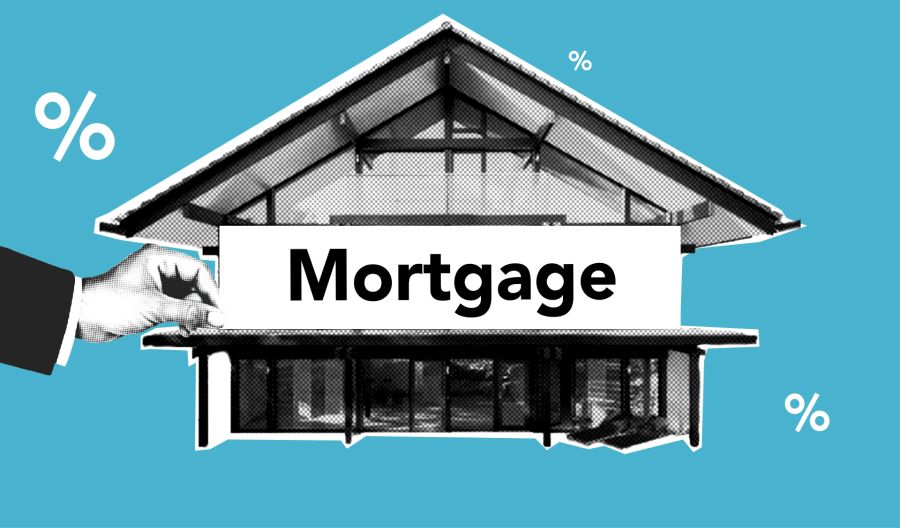Exactly How a Mortgage Loan Officer California Can Help You Browse the Complex Loan Market
Just How to Select the Right Student Funding to Fund Your Education And Learning
The choice to pick a pupil funding to fund your education is a considerable economic undertaking that needs cautious consideration of various aspects. An essential starting factor entails recognizing the differences in between federal and private financings, each of which offers unique benefits and potential disadvantages. Rate of interest, settlement plans, and car loan terms are important parts that can impact your economic future. Furthermore, examining your financial demands and straightening them with your profession aspirations is important. As you start this trip, what approaches might you employ to guarantee your decision is both notified and valuable?
Understand Federal and Exclusive Financings
Navigating the landscape of pupil finances begins with understanding the fundamental distinctions between federal and personal fundings. Federal pupil fundings, offered by the united state Department of Education and learning, are made with the borrower's passion in mind, typically offering even more flexible payment choices and securities. They are classified right into Straight Subsidized Fundings, Straight Unsubsidized Loans, And Also Loans, and Perkins Loans, each with particular eligibility standards and benefits. One of the main benefits of federal car loans is the fixed rate of interest rate and the accessibility of income-driven payment strategies, which can ease the financial burden post-graduation.
On the other hand, private student fundings are given by financial institutions, cooperative credit union, or various other banks. These loans do not commonly provide the same debtor securities or repayment versatility as government car loans. Terms and problems, such as passion rates and repayment schedules, can differ substantially between loan providers, often tailored to the consumer's creditworthiness and financial scenario. While exclusive loans may be needed to link the void between federal fundings and the total expense of education, they ought to be come close to with care. Recognizing these distinctions is important in making educated choices concerning funding your education, ensuring alignment with lasting financial objectives.
Evaluate Passion Fees
When evaluating trainee funding alternatives, recognizing passion rates is critical to making an informed decision. Rates of interest significantly influence the complete expense of a lending over time, affecting the amount a borrower will inevitably settle. It is vital to examine how passion rates vary between lendings to establish the most monetarily beneficial option.

Federal student finances commonly provide fixed passion rates, set each year by Congress, which are normally lower than those used by private loan providers. Private loans may offer both fixed and variable rates, frequently determined by the consumer's creditworthiness and market variables. Consumers with strong credit rating profiles might protect much more beneficial terms in the personal market.
When contrasting car loans, inspecting the Interest rate (APR) is essential, as it reflects real expense of borrowing, encompassing both rate of interest and any kind of connected charges. An extensive evaluation of rates of interest can direct debtors in the direction of a lasting and affordable instructional investment.
Explore Settlement Options
Understanding the various payment alternatives available for pupil lendings is vital in taking care of financial debt successfully post-graduation. Federal student car loans typically supply extra adaptable settlement options compared to personal lendings.
Graduates dealing with economic restrictions might take into consideration the Graduated Repayment Strategy, where settlements start reduced and enhance every two years, or the Extended Repayment Plan, which prolongs have a peek here the term as much as 25 years, therefore minimizing monthly responsibilities. Income-Driven Repayment (IDR) strategies, such as Income-Based Settlement (IBR) and Pay As You Gain (PAYE), adjust settlements according to revenue and household size, potentially supplying more convenient monthly repayments yet possibly increasing total interest paid over the loan's life.
It is essential to examine individual monetary circumstances you can try this out and future earning potential when selecting a settlement strategy. Customers need to also explore if they get government car loan mercy programs, which can dramatically minimize or perhaps remove remaining financial obligation after a details duration of certifying repayments.
Consider Financing Terms
Selecting the right payment plan is just one item of the problem; examining car loan terms is similarly crucial in making informed decisions concerning student lendings. Car loan terms incorporate the rate of interest, car loan period, costs, and any kind of other problems related to the loaning process. Recognizing these elements can substantially influence the complete cost of a financing and the financial burden it might enforce post-graduation.
Rate of interest prices are a vital aspect, as they identify the amount of passion accumulated over the life of the funding. Fixed rate of interest rates stay constant, supplying predictability, whereas variable rates may rise and fall with market problems, potentially causing greater payments. Examining whether a repaired or variable rate aligns with your monetary situation is important.
Funding duration, or the repayment period, likewise affects the total expense and regular monthly payment quantities. A shorter term typically causes greater month-to-month settlements however much less interest paid with time, while a longer term lowers monthly repayments but enhances the complete interest paid.
Additionally, recognize any source costs or early repayment penalties - mortgage loan officer california. Thoroughly evaluating the financing contract for such fees assists prevent unanticipated costs. By completely understanding financing terms, consumers can make calculated choices that straighten with their economic goals

Analyze Your Economic Demands
Before dedicating to a student loan, it is vital to completely examine your economic requirements to ensure you borrow only what is essential. Begin by determining the overall cost of your education, that includes tuition, costs, books, and various other vital academic costs. Next off, take into consideration extra costs such as real estate, food, transportation, and personal costs. Compile a thorough budget to comprehend your overall financial need for every school year.
Review your available sources, consisting of cost savings, gives, scholarships, and any kind you can check here of part-time job revenue. Deduct these from your total academic expenses to identify the financing gap that should be covered by student loans. This strategy assists in determining the precise quantity you need to obtain, therefore lessening unneeded financial debt.
Utilize online devices and resources to approximate your possible income post-graduation and contrast it to your expected monthly loan settlement. This careful analysis will certainly support liable loaning and advertise long-term monetary stability.

Conclusion
In selecting the proper student car loan for academic funding, a detailed evaluation of federal and exclusive car loan choices is important. Government finances normally offer lower set rates of interest and important debtor protections compared to exclusive lendings. An in-depth comparison of interest prices and settlement alternatives is important to recognizing economic commitments. Additionally, evaluating overall monetary needs and prospective future incomes is necessary to make certain financial obligation stays manageable. Cautious consideration of these variables will certainly facilitate educated decision-making in selecting a suitable financing.